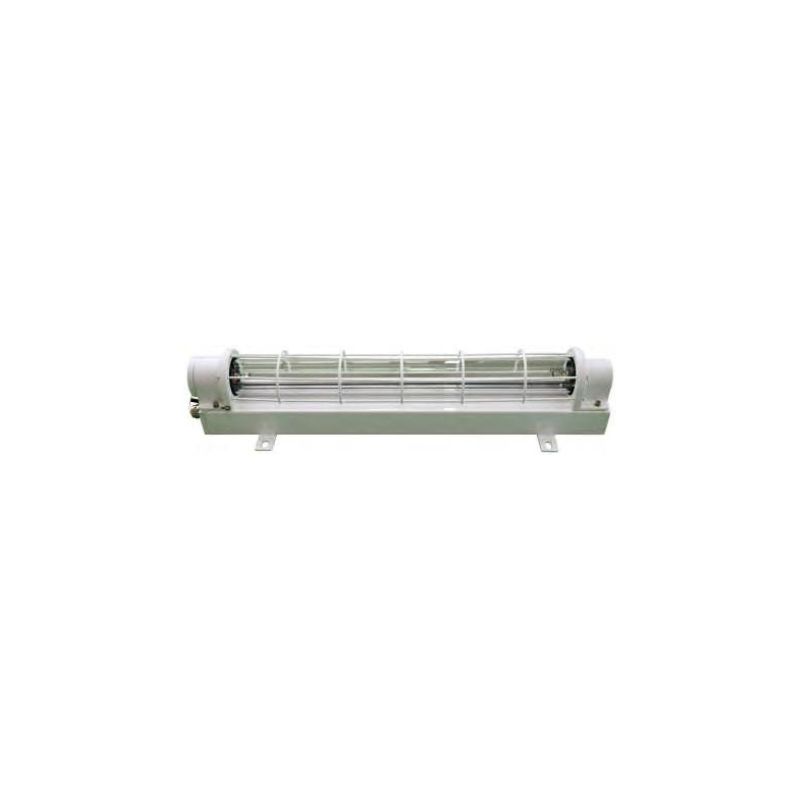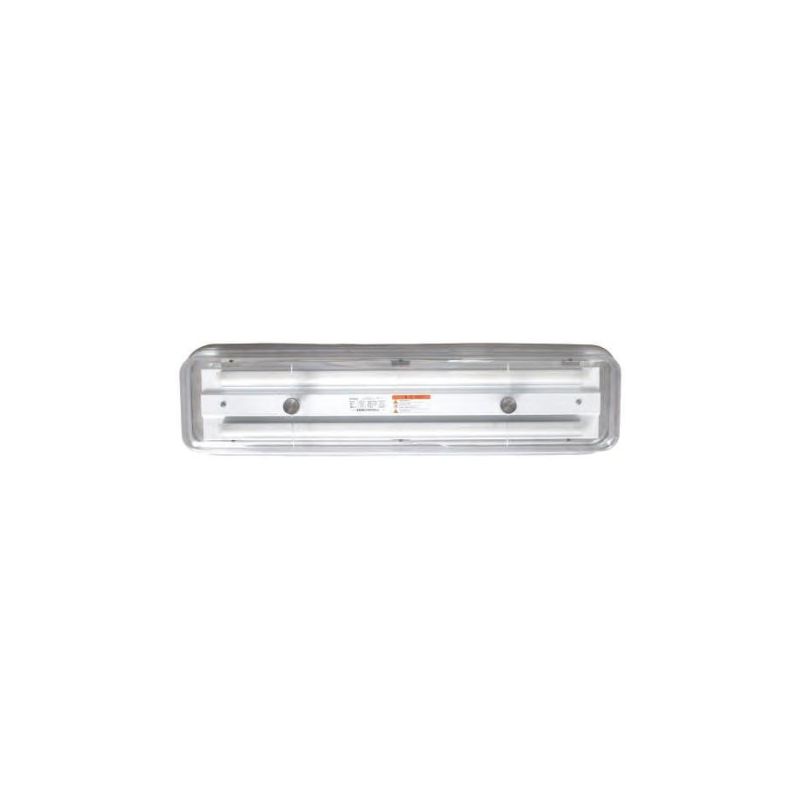Application of UV Germicidal Lamps on Ships and Their Importance for Maritime Safety
Application of UV Germicidal Lamps on Ships and Their Importance for Maritime Safety
Blog Article
In the unique and enclosed environment of ships, hygiene and safety are directly linked to the health of crew members and the successful execution of navigation tasks. UV germicidal lamps, as an advanced and highly efficient disinfection tool, play a critical role in maintaining shipboard hygiene and preventing the spread of diseases due to their powerful sterilization effect and lack of chemical residues. This article explores the working principles, types, and specific applications of UV germicidal lamps on ships, as well as their importance for crew health and maritime safety.

Introduction to UV Germicidal Lamps
Working Principle of UV Germicidal Lamps
UV germicidal lamps emit ultraviolet light at specific wavelengths to destroy the genetic material (DNA or RNA) of bacteria, viruses, and other microorganisms, thereby inhibiting their reproduction or causing their death. This principle is based on the damaging effects of UV radiation on the DNA structures of microorganisms, particularly in the UVC range at a wavelength of 253.7 nanometers, where sterilization is most effective.
When ultraviolet light irradiates microorganisms, it breaks DNA strands or forms thymine dimers, preventing genetic replication and rendering the microorganisms non-viable. Research has shown that using UV germicidal lamps in enclosed spaces can reduce bacterial and viral counts by over 99.9%.
In the shipboard environment, this technology is especially important. Due to the confined space and insufficient ventilation on ships, pathogens can spread quickly among crew members. For example, by installing UV germicidal equipment in crew quarters and public spaces, the risk of infectious disease outbreaks can be significantly reduced, thereby ensuring the health of crew members and the smooth progression of navigation tasks.
Main Types and Characteristics of UV Germicidal Lamps
Types of UV Germicidal Lamps
UV germicidal lamps can be categorized into several types based on their functions and applications:
- Low-pressure mercury lamps: Emit UV light at a wavelength of 253.7 nm with extremely high sterilization efficiency, suitable for sterile environments in shipboard medical areas.
- Medium-pressure UV lamps: Emit a broader spectrum of UV light, ideal for treating water in shipboard drinking systems to ensure water safety.
- High-output UV lamps: Feature high power and wide coverage, often used for large-scale disinfection in public areas of ships.
Wavelength Classification and Sterilization Effect
The UV spectrum is divided into UVA, UVB, and UVC bands. Among these, UVC (200–280 nm) is the most effective for sterilization, with a peak at 254 nm that can disrupt the DNA structures of bacteria, viruses, and other microorganisms, achieving over 99.9% sterilization.
For instance, UVC germicidal lamps are widely used in shipboard medical areas and drinking water systems to kill pathogens in air and water, ensuring the health and safety of the crew.

Classification by Installation Method
- Wall-mounted germicidal lamps: Suitable for public areas on ships, offering easy installation and 360-degree disinfection coverage.
- Portable germicidal lamps: Designed for medical areas or flexible disinfection scenarios and can be deployed quickly in various locations.
- Built-in germicidal lamps: Integrated into the ship’s water treatment systems for continuous water disinfection, ensuring safety.
Design Requirements for Shipboard UV Germicidal Lamps
Shipboard UV germicidal lamps must meet high standards of protection (e.g., IP68) to withstand the high humidity, salt corrosion, and vibrations of the maritime environment. In addition, energy-efficient designs and intelligent control systems can extend device lifespans and improve reliability by enabling real-time monitoring of operational status.
The Unique Environment of Ships
Enclosed Spaces and Air Circulation Issues
Ship interiors are confined and enclosed, with poor air circulation, especially when windows and doors are sealed during harsh weather. According to statistics, the air exchange rate inside ships is significantly lower than in land-based buildings, allowing pollutants and pathogens to accumulate more easily.
UV germicidal lamps can effectively disinfect the air under such conditions, reducing the concentration of microorganisms in the air. For example, studies have shown that after installing UV germicidal lamps in crew quarters, airborne bacteria counts decreased by over 80%.
Hygiene Challenges in Crew Living Areas
Crew living areas are densely populated and heavily trafficked, making them prone to bacterial growth and cross-contamination. Installing UV germicidal lamps in quarters, dining areas, and recreational rooms can significantly reduce the risk of disease transmission, providing a safer living environment for crew members.
Applications of UV Germicidal Lamps on Ships
Medical Areas
Shipboard medical areas require a high level of sterility. UV germicidal lamps used in operating rooms, patient wards, and other medical areas can effectively prevent cross-infections. For instance, using UV disinfection can reduce bacterial counts in medical areas by over 90%, ensuring a safe treatment environment in emergencies.
Shipboard Drinking Water Systems
In shipboard drinking water treatment, UV germicidal lamps are an ideal alternative to chemical disinfectants. They can kill pathogens in water (e.g., E. coli) without leaving any chemical residues, ensuring the safety and health of drinking water for crew members.
Hygiene Maintenance in Public Areas
Public areas such as dining rooms and lounges are high-traffic zones on ships. UV germicidal lamps can quickly disinfect air and surfaces, reducing the risk of infectious disease transmission.
Cargo and Storage
In ship cargo storage areas, UV germicidal lamps can inhibit mold growth and reduce the risk of spoilage and losses. For example, in refrigerated ship storage, the use of UV germicidal lamps has reduced mold rates by over 80%.
Emergency Disinfection
In emergencies involving disease outbreaks or virus transmission, UV germicidal lamps can be rapidly deployed for comprehensive disinfection across ship areas. For example, during the H1N1 pandemic, the use of UV germicidal lamps significantly controlled the spread of the virus.
The Role of UV Germicidal Lamps in Preventing Disease Transmission
Reducing the Risk of Disease Transmission
UV germicidal lamps effectively block the transmission of pathogens in air, on surfaces, and in water. For example, after UV germicidal lamps were installed in living areas on ships, cases of respiratory infections decreased by over 30%.
Improving Crew Health and Work Efficiency
By reducing disease transmission, UV germicidal lamps not only improve the health of crew members but also enhance work efficiency. Statistics show that healthy crew members experience lower absenteeism rates, leading to a 20% increase in overall work efficiency.
UV germicidal lamps provide reliable technological support for shipboard hygiene management through their high sterilization efficiency. From medical areas and drinking water systems to public spaces and cargo storage, UV germicidal lamps play an irreplaceable role in maintaining crew health, preventing disease transmission, and enhancing maritime safety. With technological advancements, UV germicidal lamps will continue to improve in performance and expand their applications, offering comprehensive solutions for modern ship hygiene management and maritime safety. Report this page